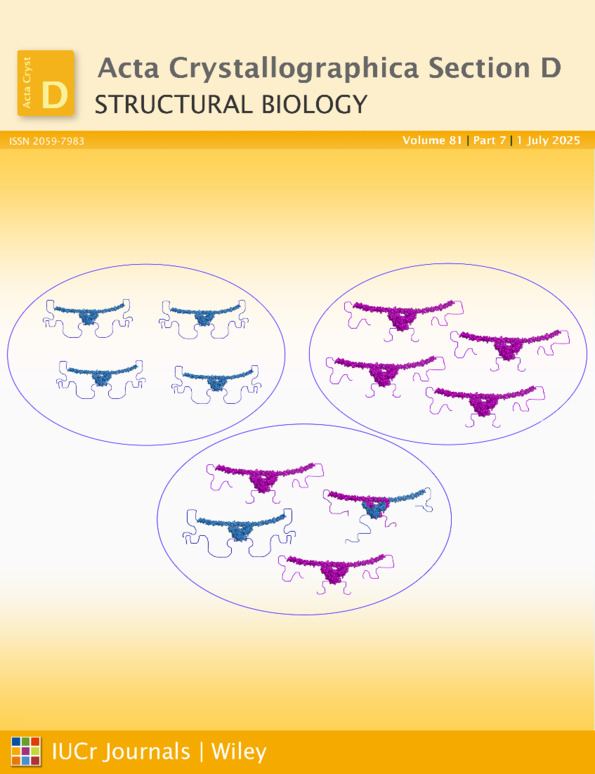van der Waals phase transition in protein solutions
Abstract
The van der Waals equation of state for imperfect gases is applied to solutions of macromolecules, especially to explain the fluid–fluid phase transition in protein solutions, a phenomenon of much interest in relation to protein crystallization. The van der Waals b parameter corresponds to the total excluded volume per pair of molecules and can be calculated from independently known molecular properties. It is comprised of terms resulting from hard-sphere and net charge–charge interactions. The experimentally determined second virial coefficient B2 can then be used to obtain the equilibrium constant for dimerization K2, a phenomenologically accessible measure of the van der Waals a parameter. Sedimentation equilibrium is recommended as the technique for measuring B2 most accurately. More general results are used to make a minor quantitative correction to the van der Waals prediction concerning the criterion for the fluid–fluid phase transition. Calculations of the effect of inert co-solutes on the phase transition may prove useful in choosing crystallization conditions.




